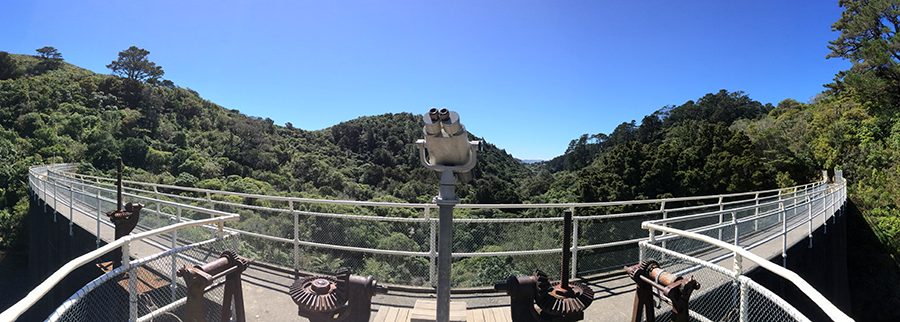Navigation is both a noun and a verb.
Navigation describes the activity and behaviour of moving with intent. And, at least on the web, it’s the word we most often reach for to describe the tools that enable this movement.
As an information architect I want people to be able to move through and across the structures I design. I care about navigation – both the behaviour and the bits of interface and functionality.
For the last few weeks I’ve been developing a model of navigation. I’ve used the motivations and behaviours associated with navigation to create a model to help us design better tools to enable it. This is nothing new. Academics from Bates to Ellis to Choo have described behavioural models of information seeking. The ace Donna Spencer has related this to IA and UX with her description of ‘four modes’. Morville and co. cover it in the polar bear book and elsewhere.
I wanted to develop a model that works at different levels of abstraction. I want big, broad categories like the ‘four modes’ to quickly convince people that there are different types of information-seeking behaviour.
I also want to describe specific types of looking – so that we can create UI and interaction patterns to meet those demands delightfully. Broad, abstract models are great. But I often need something more specific to spark ideas. Getting specific makes it easier to spot constraints and strengths of certain states and user needs.
So I’ve developed the model to be specific enough to prompt fresh ideas and identify weaknesses in existing design, as well as tell the ‘big picture’ of information-related behaviours. And I’ve thought about behaviours that border navigation – consumption, monitoring, orienting… These aren’t strictly navigation, but they’re part of the same picture.
My model has 4 categories:
Each category has three ‘behaviour sets’. These are behaviours that a user exhibits as they perform a specific type of information-related task. An example of a behaviour set is ‘Browsing’ which I describe as ‘moving with some direction, informed by some framing or conditioning. Each behaviour set has a definition, set of synonyms and a set of specific behaviours. I’ve named 25 behaviours in total. They share lots of DNA with the Weick, Daft, Ellis, Haugan and Choo models.
I’ve also developed a handy ‘Information:Affordance’ ratio for each behaviour set. This describes the level of information a user will need, in relation to the ability you give them to move or take an action based on the information. I hope these provide a short-cut to thinking about the primary need of a user in any one of the sets. They’re not scientific. They’re there to spark discussion, debate and consideration of these factors.
But why have I done this? I wanted a model that had different layers of abstraction. You can move up and down from abstract to specific as you question user needs and design features to meet them.
Designers and information architects can use this model – and the materials I’ve designed to go with it – to explore the navigation needs of your audience. The model helps to build and document understanding. You can then relate needs to specific features or functionality in your product or service.
I’ve written about each of the category (links above). I’ll soon share a post about the tools and materials I’ve designed to enable others to use this model in their own practice.

Leave a Reply